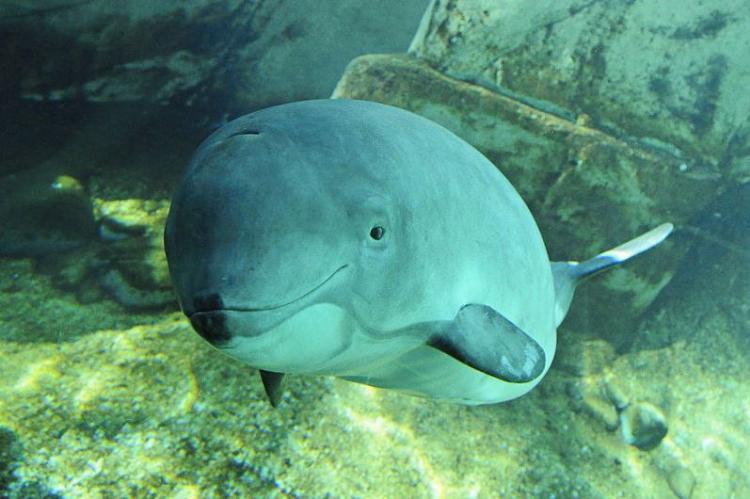Harbour porpoises spend more time underwater by controlling their heart rate
Harbour porpoises have the ability to consciously control their heart rate, enabling them to manage their oxygen stores efficiently and so remain underwater for much of their lives.
In addition, the researchers at Aarhus University have also discovered that these mammals – sometimes known as the Danish whale – can control their heart rate to match the length and depth of an intended dive.
This is in contrast with our own dive response, which is a reflex that blocks our breathing, lowers our pulse and sends blood to our organs when we are underwater - All of which we have no control over.
“The fact that harbour porpoises can consciously adjust their pulse means in practice that they can manage their oxygen stores optimally when they dive. And it’s absolutely crucial for their survival that they’re able to dive for longer periods and spend less time on the surface. This means quite simply that they have more time for eating,” said Siri Lander Elmegaard, who had conducted the research for her Master's thesis.
This is important for the harbour porpoises. Due to their high metabolism, they need to spend much of their time looking for food.
However, they live near the coast and in areas where shipping and activities conducted by the oil industry take place. It is not certain whether such disturbances disrupt their ability to consciously control their pulse. If so, the harbour porpoise would be unable to spend as much time foraging, and may adversely affect their chances of survival as individuals and in pods.
According to Professor Peter Teglberg Madsen, an animal physiologist at the university, “The new research results therefore emphasise the importance of understanding the whales’ physiology, capabilities and limitations, if we’re to understand our correlation with them and our impact on them.”


